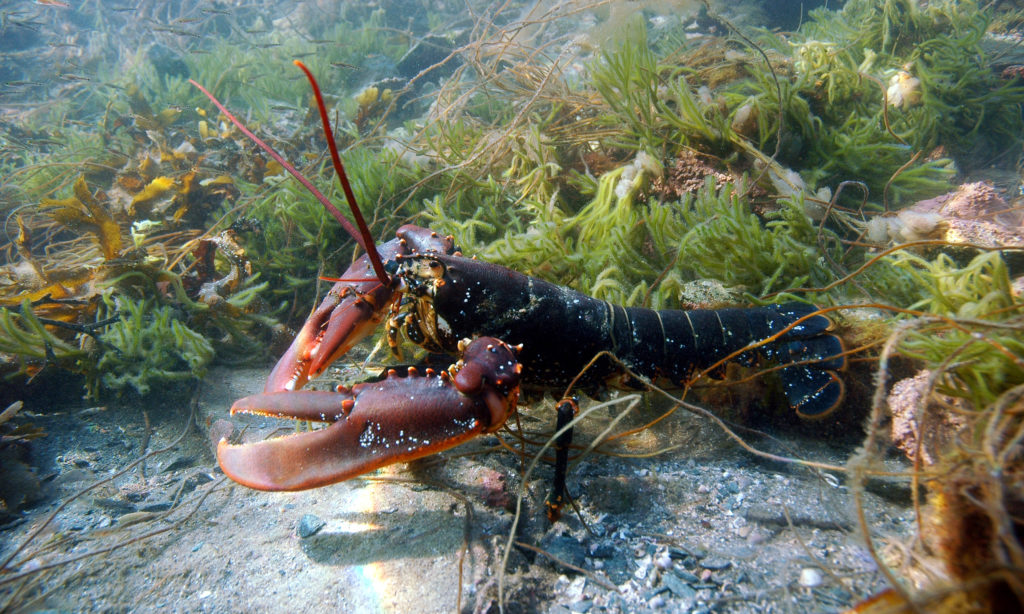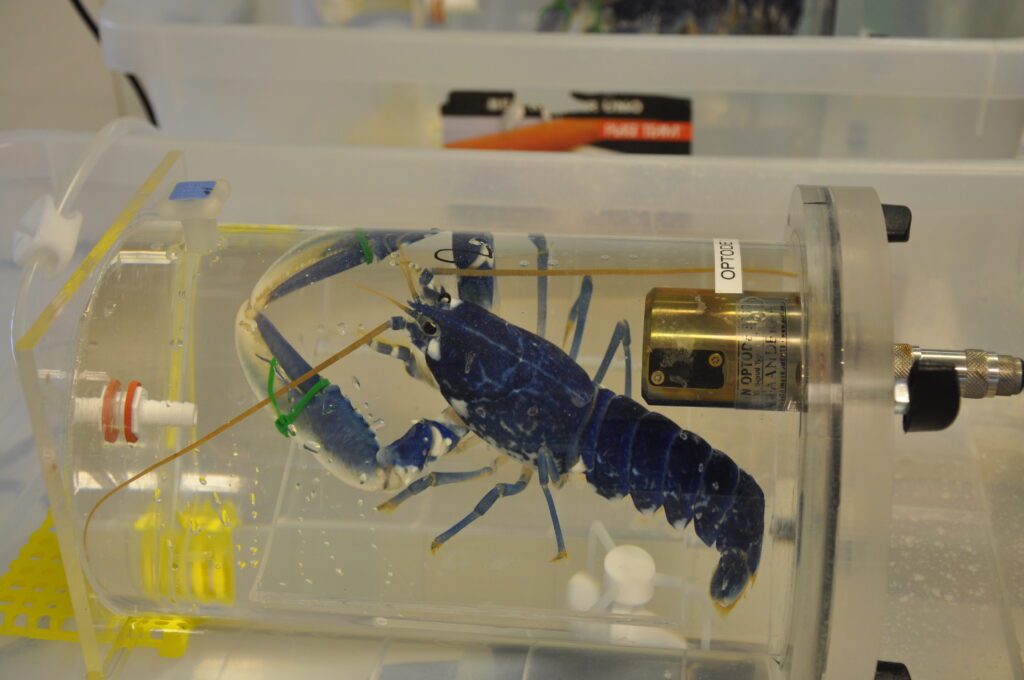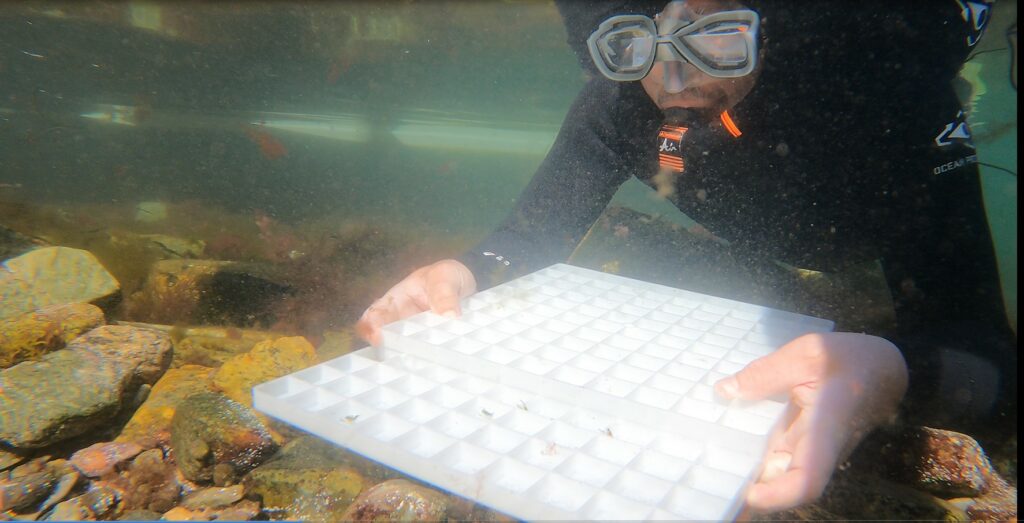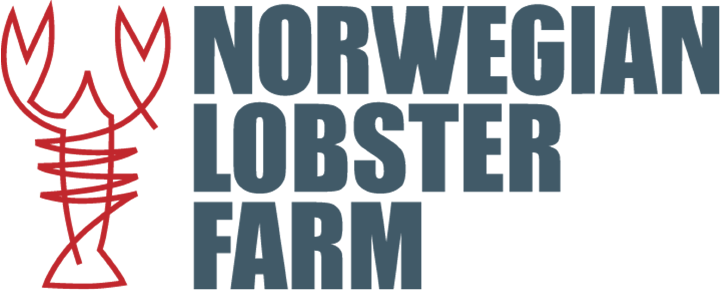Circular economy

Sustainable LOBSTER PRODUCTION

Animal welfare
- Farming in individual cages secure animal welfare through prevention of fighting, claim of territory and cannibalism
- In the wild, lobsters prefer sheltered living spaces, and they only move around for feeding for a short period per day.
- Lobsters are territorial and released juveniles are caught within a radius of 50 meter 6-7 years later
- Animal welfare KPIs have been developed and monitored daily

Restocking the natural lobster population
We take environmental responsibility by restocking juveniles, in order to both support and strengthen the wild lobster population. This makes our business to a net contributor to the environment.
